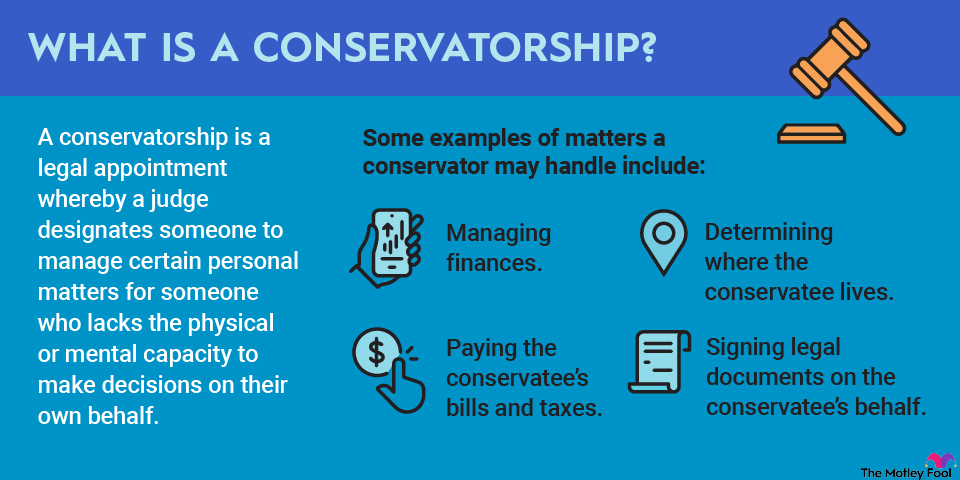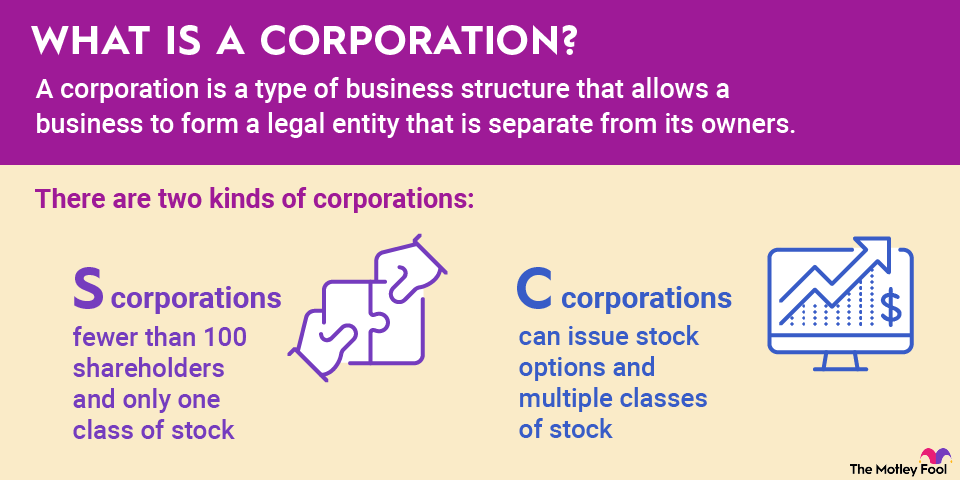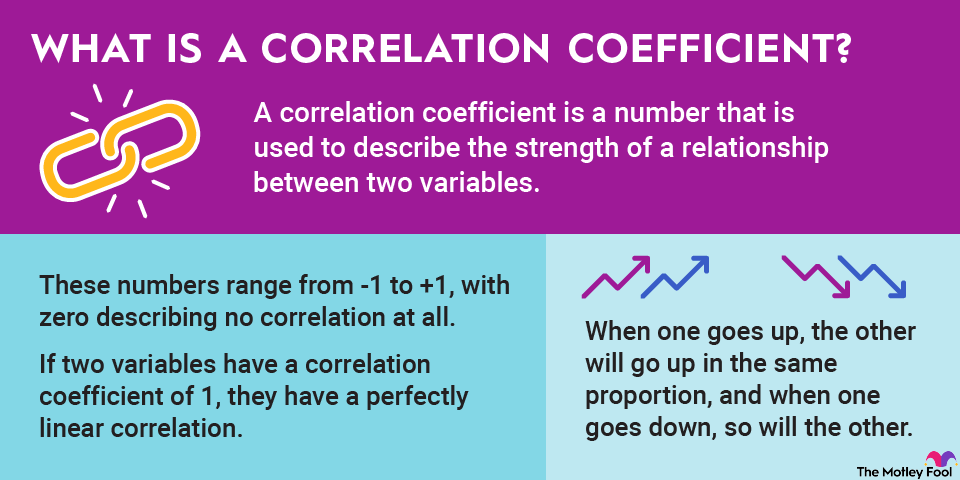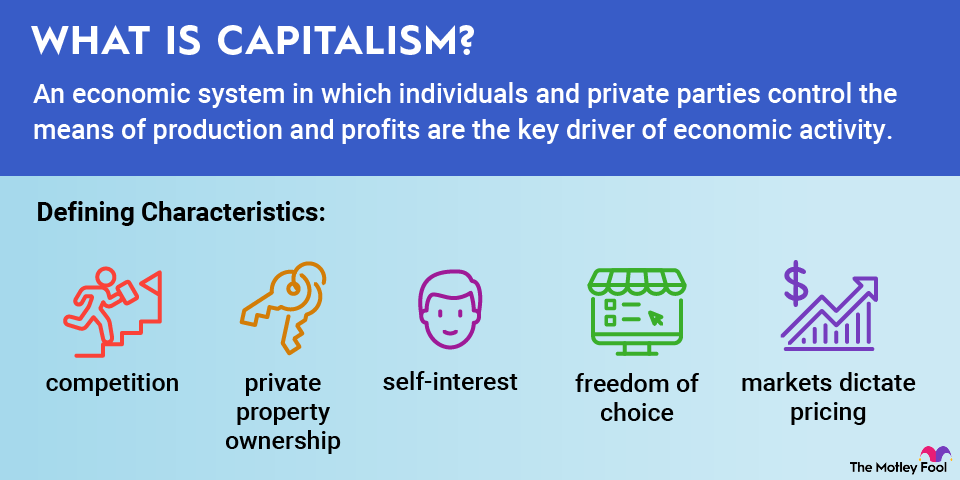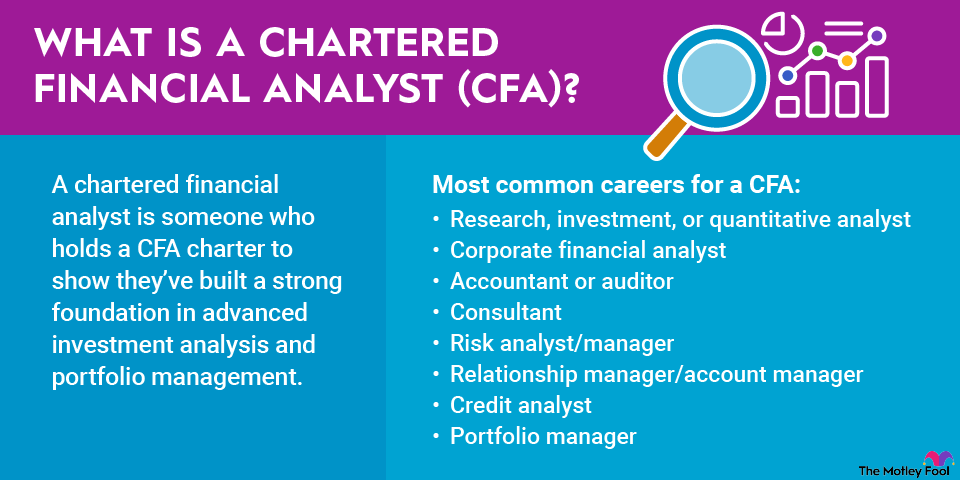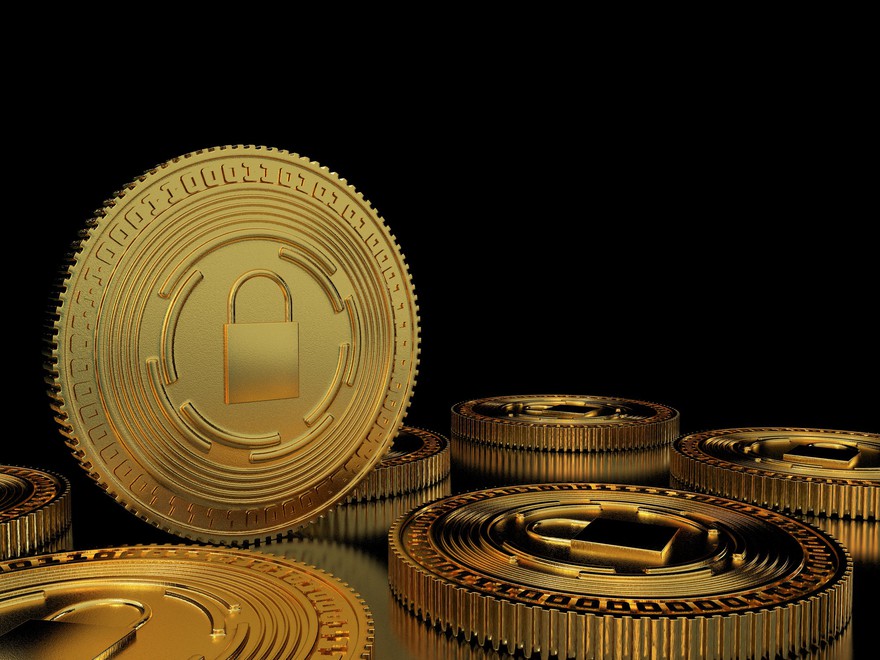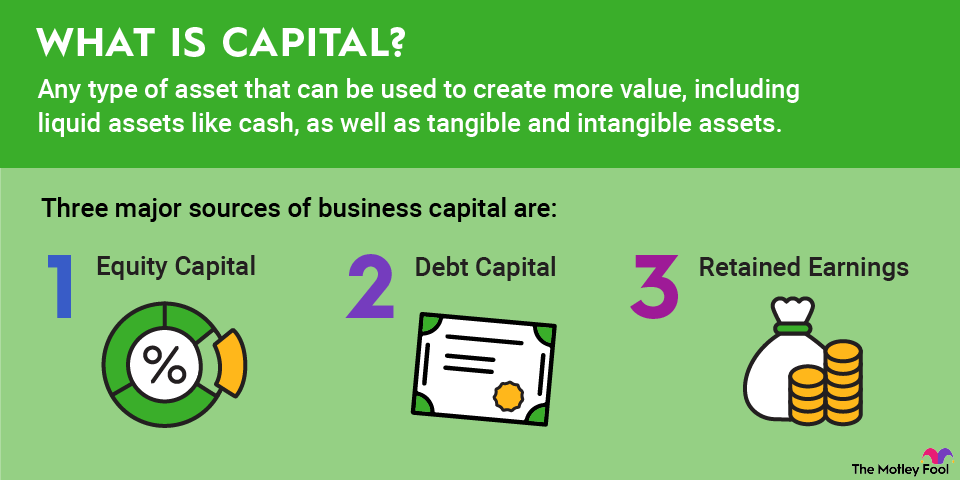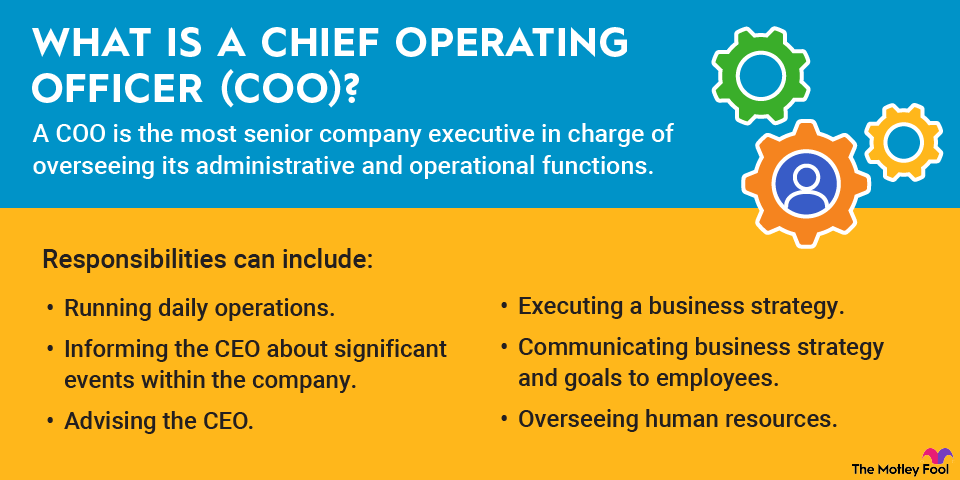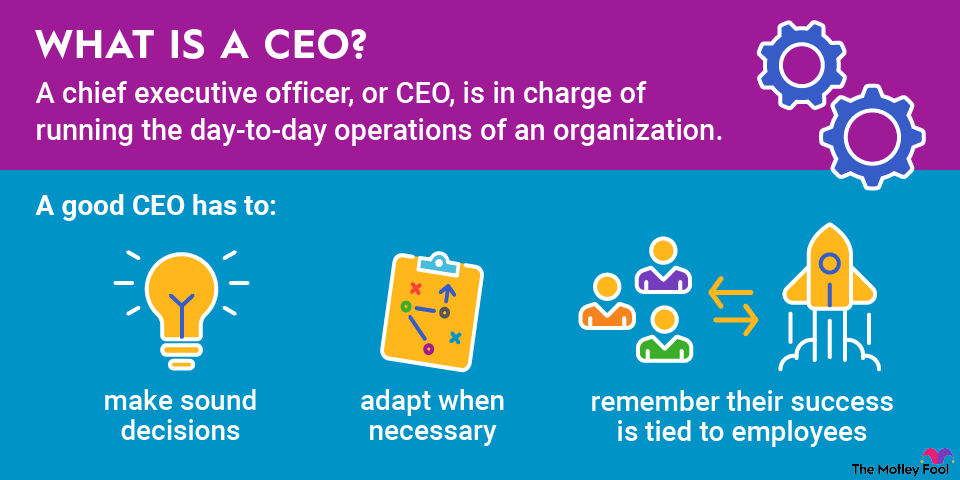When the enemy is at your door, having a moat can help protect your castle from rival kingdoms, and the same is true for businesses. A competitive moat is just one type of moat that can help keep your competition at arm's length and your sales strong.
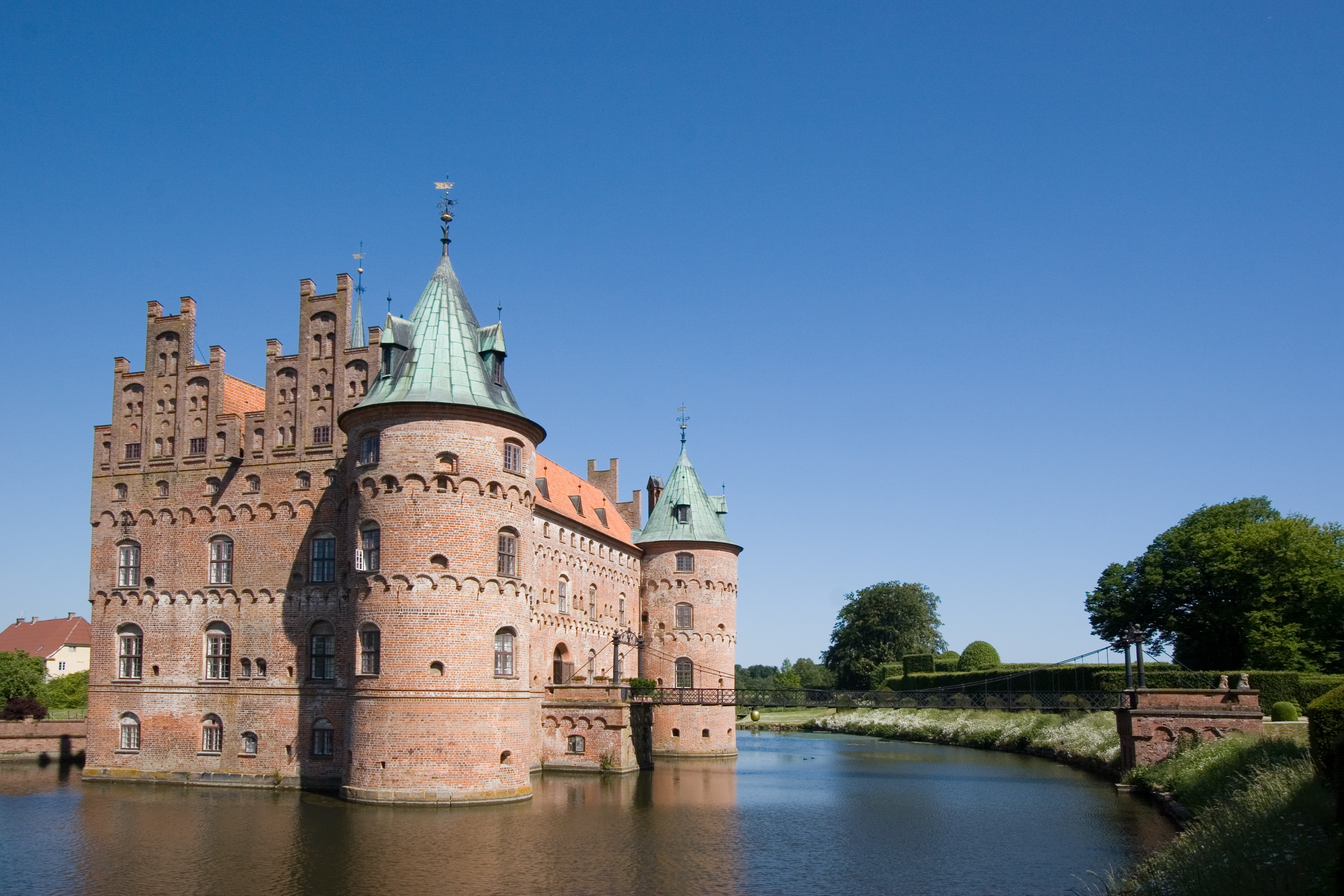
What is a competitive moat?
A competitive moat (Warren Buffet calls these "economic moats") is a major advantage you have over your direct competition. That's pretty vague, but there are so many potential things that could make up your moat that it's hard to be too specific. If there's something that's giving your company a business advantage in your market, it could be your competitive moat.
A very basic example would be a manufacturing company that has developed a proprietary technology that allows it to produce its products with just as much quality but for 30% less than the competition. That proprietary tech is its competitive moat, keeping the competition at bay since they don't have access to that same tool.
Prerequisites for competitive moats
It's easy to say that your company has a competitive moat, and then rattle something off like the best service in the area or customers are your top priority. Sadly, these aren't moats at all -- everyone wants to believe they give the best service and that their customers are their top priority.
A competitive moat is something that is unique to your business and that no other direct competitor can offer. So, for you to have a competitive moat, you must have something else: a secure identity.
There are plenty of companies that don't truly have a unique identity but get along just fine, but they also don't have competitive moats. They're indistinct, they're doing what others are doing and have done before them. They're fine, but they're not living the drawbridge life, right?
To have a competitive moat is to have something distinct that sets you apart, and sometimes it takes a lot of soul-searching on the part of the company's leadership to figure out what that is or what it should be.
Common types of competitive moats
As stated earlier, there are many different types of competitive moats, but they tend to fall within a few categories.
Networking moats
Networking moats speak to who you know and the networks you've built to protect your service offering. Very large companies often have networking moats, whether those are professional networks, networks of vendors such as Airbnb (ABNB +0.15%), or actual networks of information that no one else has.
Cost moats
Cost moats refer to different cost-related protections. Obviously, consistent price advantage is a huge moat for a lot of companies, and this is usually achieved with economies of scale. But cost moats can also speak to switching costs, which can create an environment where it puts a customer at a disadvantage to switch from your company to a competitor.
For example, when smartphones were still relatively new, Microsoft (MSFT +0.45%) had their own operating system for phones, and anyone who chose a Microsoft phone was often locked out of popular apps. There was a distinct disadvantage to switching to a Microsoft phone from an Apple (AAPL +0.34%) iPhone for this reason.
Cultural moats
Cultural moats are more about company culture and deeply understood brand identity. Companies like Patagonia and Starbucks (SBUX -0.38%) are household names, but they're also cultural icons that really understand their customers -- and their customers resonate with the brand as a part of their own identity. This can be due to a quirky company that goes viral and then sticks, or due to a more traditional means of becoming a cultural icon through generations of innovation and use.
Monopoly
Resource moats
Resource moats are about what you own or the collection you've established. This is often in the form of intellectual property or regulatory good fortune. If you have a whole catalog of exceptional patents, for example, that's a resource moat, as would be simply being in the right place at the right time when regulations changed, giving you an accidental monopoly or leg-up when you happened to be in compliance and no one else in your industry was.
Related investing topics
Why competitive moats matter to investors
Competitive moats are a stock investor's favorite thing. Because competitive moats give a company an untouchable advantage, they're likely to be companies that can last over the long term. If you're working a buy-and-hold strategy, finding companies with wide moats is like finding chunks of gold in your potting soil mix.
There are lots of great companies for shareholders to buy into, but those with healthy competitive moats are absolute no-brainers when it comes time to choose your investments. There's no such thing as a perfectly safe bet, but these companies are generally about as safe as it gets.
